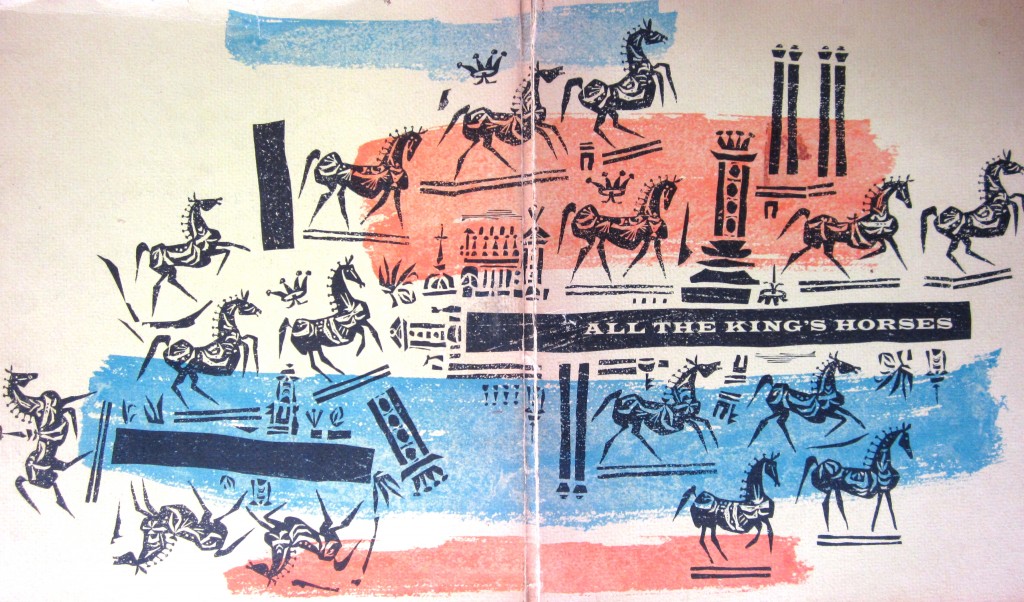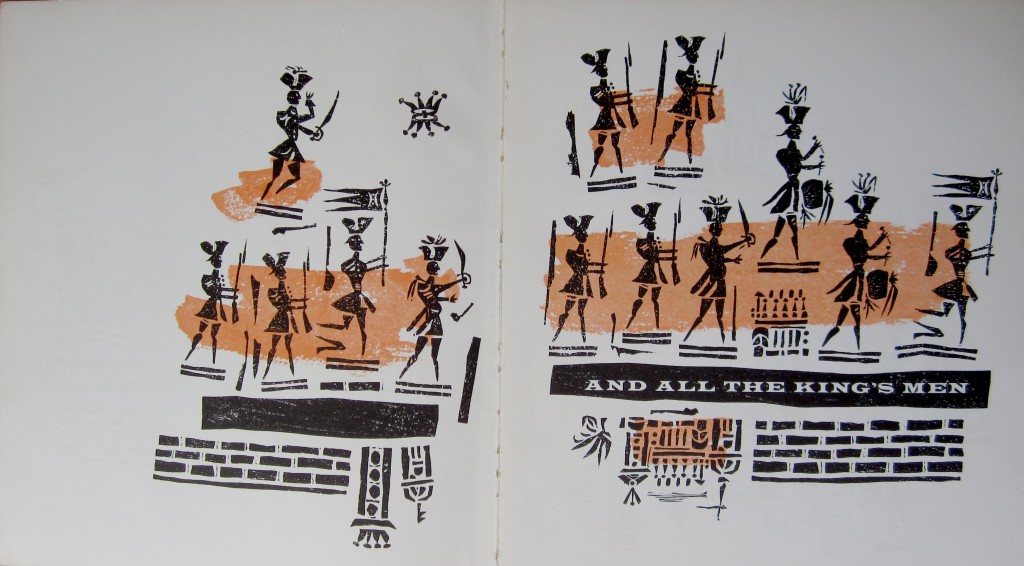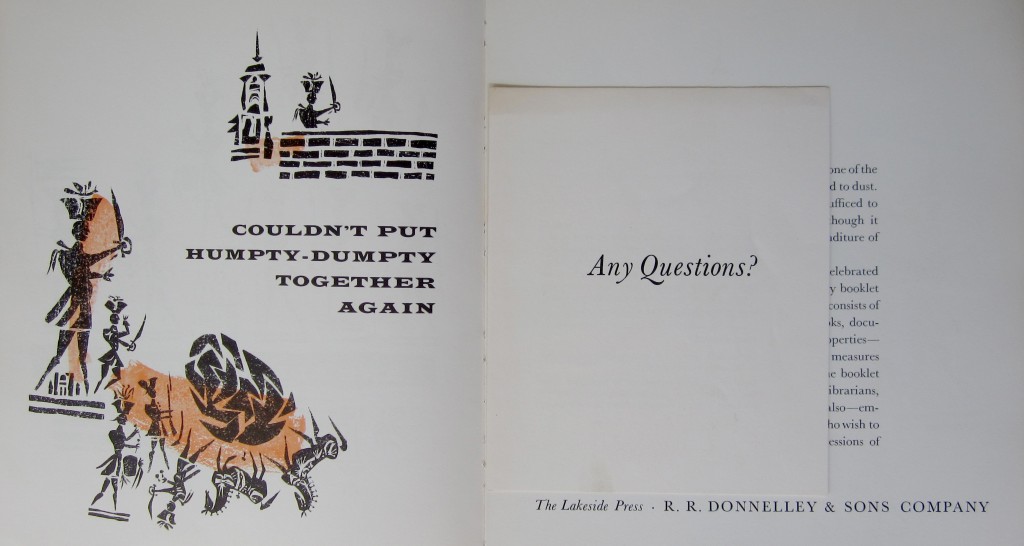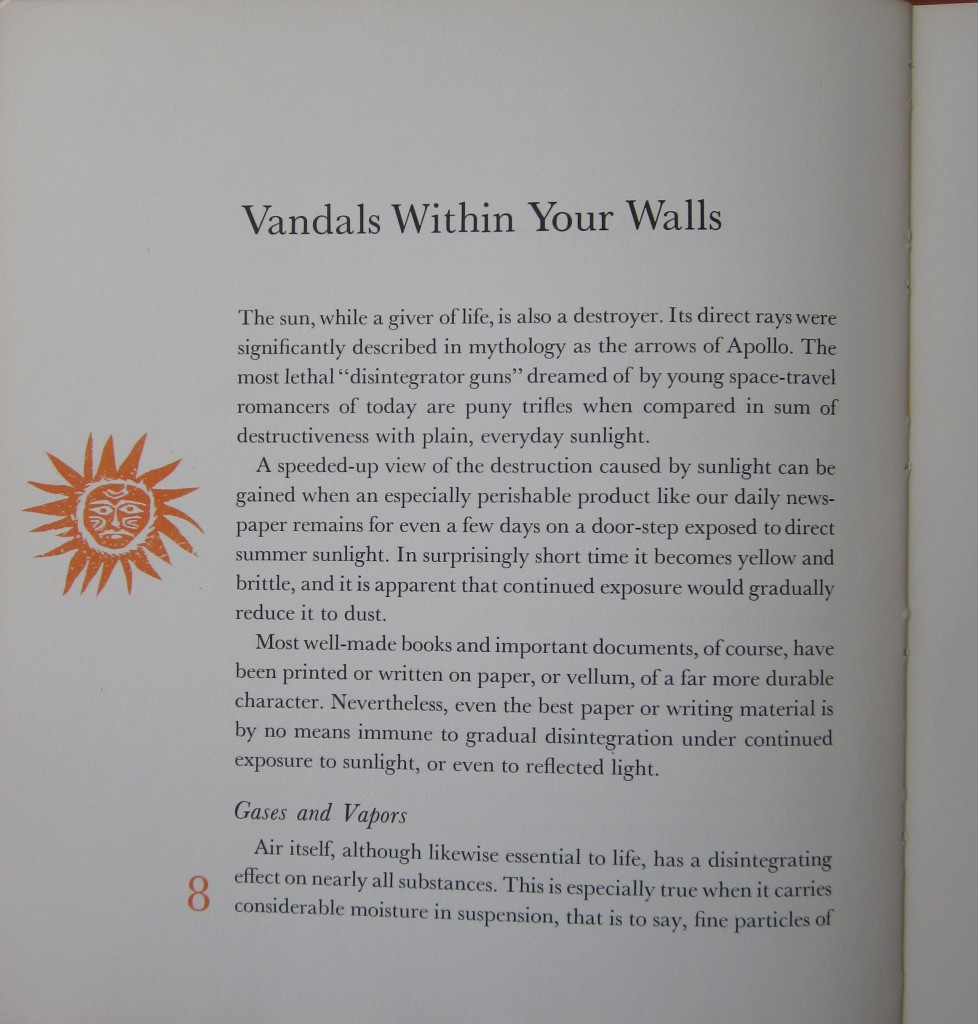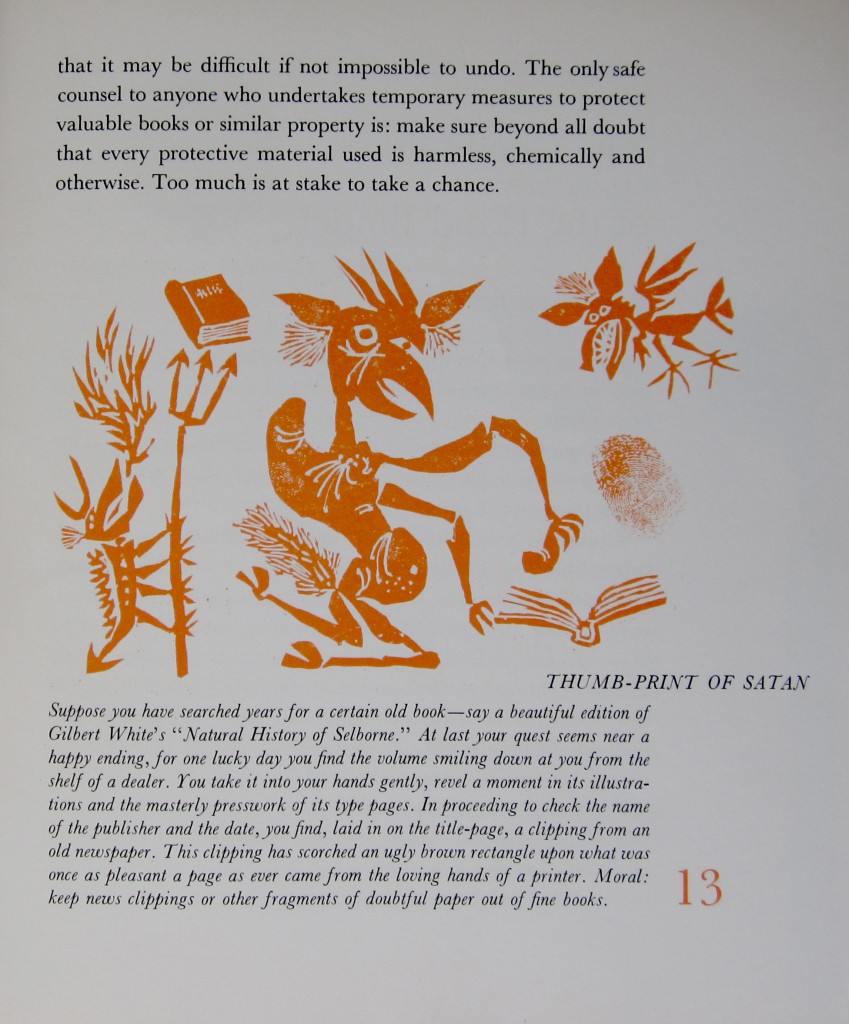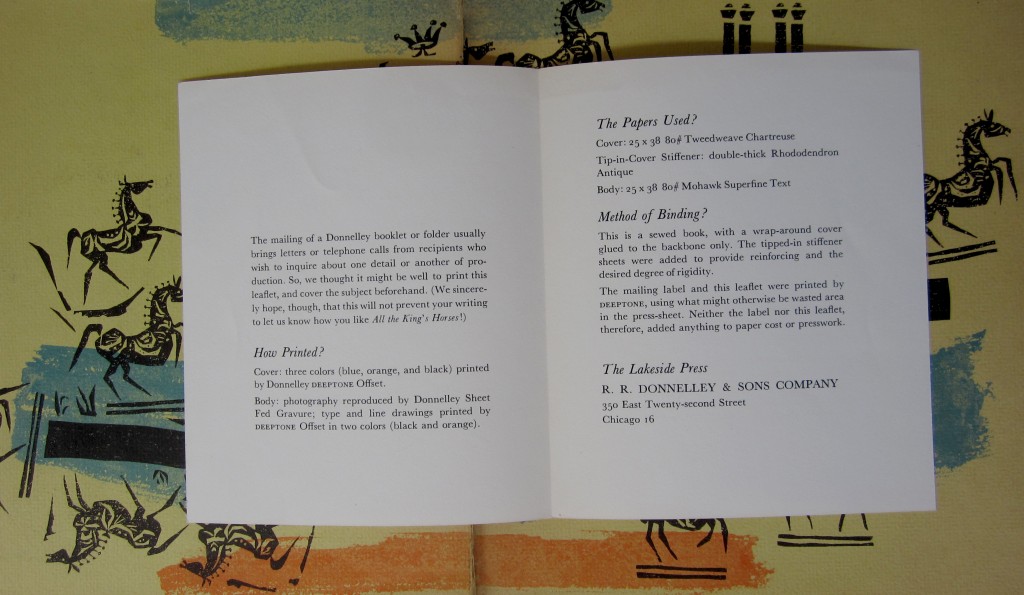Quite a lot of my work day at the moment is consumed with planning and big picture issues regarding setting up the library collections and safeguarding it for the future. One part of that is the cataloging of the library collections. There are two types of library cataloging: copy and original. Copy cataloging involves choosing records from OCLC, which is a library cooperative with a massive store of bibliographic data from all over the world, and adapting those records to suit our local needs. Not everything that we have in the library collection has a bibliographic record we can copy from OCLC, but it’s our starting point for data. I use the OCLC cataloging software to search for records and update the record to reflect the book we have in hand here at the museum — adding anything like binding notes, provenance, subject headings relevant to our researchers.Then I export the record from OCLC into our local library database which is where you’ll see it when you search our library catalog.
A major constraint of our cataloging process is really that we are working out of boxes. Everything is packed up and I am just opening up a box at a time, cataloging them into our system and then putting the books back into the boxes. Those items that need more attention, for example for books don’t have a record in OCLC from which to copy catalog, I will set aside for original cataloging, which just takes more time. The process and workflow is basically the same as for copy cataloging, but without a copied record from the repository: I need to write up the whole record just from the book in hand. The fact that everything is in boxes means that it’s a bit of a surprise what I am going to open up next; I’ve got broad subject labels on the boxes from when they were packed, but a note saying ‘bookbinding reference’ doesn’t tell much about what you’ll actually find inside that box.
Not everything is rare or special, although we have a lot of those materials. An item that struck me this week is called “All the King’s horses” and it’s not rare. There are lots of copies around the country as well as a very good (although mostly black and white) scan at the HathiTrust. But there’s something about the physical book that I find very endearing. There’s such a sense of movement to the woodcuts leading from the cover design into the introductory pages, that really hits you when you’re holding the book and turning the pages. The woodcuts bring such levity and brightness to the page, that they’ve really endeared me to this book.
Something very special about our copy is this little publisher’s insert titled ‘Any Questions?’ In it the publisher answers some of the questions that their production process: what kind of paper they used, how they bound the book, how they printed the cover and the text block. It’s just a little slip of folded paper, and I am sure has been lost from a number of copies out there in libraries. For us, I find it so interesting to know what sort of methods they used in the actual creation — for example, how the wrap around cover works with tipped-in stiffener sheets to give what they describe as ‘reinforcement and the desired degree of rigidity.’
Of course, I do have a soft spot for book preservation, and that’s the theme of this book. It’s all about the potential danger to book collections, aimed right at book collectors who want to ensure the safekeeping of their collections. I love the tone when it likens the sun’s rays to the ‘arrows of Apollo,’ but also a disintegrator ray gun ‘dreamed of by young space-travel romancers of today.’ Or this passage on acid transfer, called the ‘thumb-print of satan’:
I’ve tried to describe the dangers of poor quality bookmarks and acid transfer so many times in my career and never have I come across such a wonderful concept of the ‘scorching’ of the page as the ‘thumbprint of satan.’ It’s just so evocative. The greatness of the work is that it speaks directly to the reader so clearly about the perils and pitfalls of the care and feeding of book collections. It addresses hazards and environmental challenges, but also key issues of book repair and conservation: when, how, and in what method a book should be repaired. Following on from the perils, the book asks ‘When should a valuable book be rebound?’ Not just when, but in what manner and with which methods. All tricky questions, especially for the amateur, and for such a slim pamphlet, it covers a lot of ground, gracefully.
At its heart this book was produced as an advertisement for the hand bindery service at Lakeside Press, and it does its job in the role. But I do feel that the thoughtfulness of design of this pamphlet really raises it beyond advertisement into a useful and beautiful exploration of book preservation and restoration.
By Amelia Grounds, Librarian


